
“I love the winter, with its imprisonment and its cold, for it compels the prisoner to try new fields and resources.”
—Thoreau, journal, Dec. 5, 1856
Photo taken on Lake Erie yesterday.

“I love the winter, with its imprisonment and its cold, for it compels the prisoner to try new fields and resources.”
—Thoreau, journal, Dec. 5, 1856
Photo taken on Lake Erie yesterday.
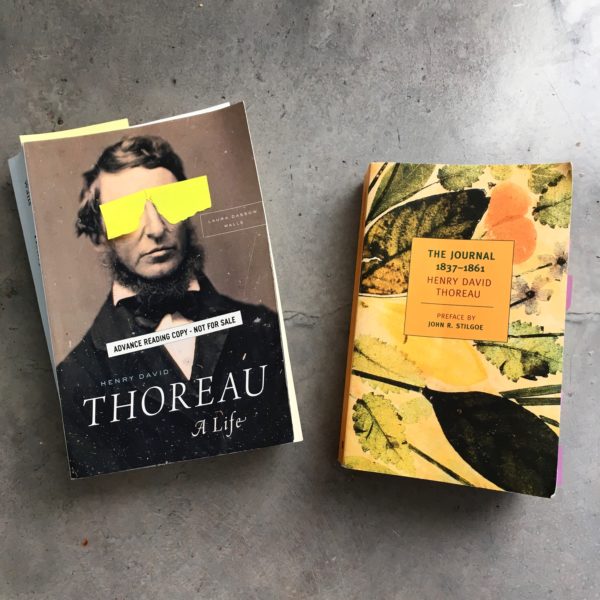
As a Great Indoorsman, for most of my life I’d ignored the work of Henry David Thoreau. I owned a copy of Walden, but never read it. In 2015, the New Yorker published a “Why do people even like Thoreau?” piece with the subtle title, “Pond Scum,” and I felt validated in my ignorance.
Then, last year, Levi Stahl started raving about Laura Walls’ biography, Henry David Thoreau: A Life, and I got him to send me an advance copy. The book blew my mind — it’s one of those perfect bios that’s intensely researched but highly enjoyable to read. (I read it so much my wife made me put sticky notes over Thoreau’s “creepy” eyes.) The Thoreau rendered by Walls is fully human, and the book is really a perfectly-timed portrait of an American trying to keep his soul in chaotic times.
Walls gave me a whole new way of thinking about Thoreau, but maybe her greatest gift is that she got me to pick up his published journal. Here’s what I wrote about it in Keep Going:
A dip into Henry David Thoreau’s journals paints a portrait of a plant-loving man who is overeducated, underemployed, upset about politics, and living with his parents—he sounds exactly like one of my fellow millennials!
I set out on a daily reading of the abridged journal in the fall last year, and just recently lapped myself. (I’m still going, re-reading, and finding new passages to underline.) If you follow this blog, you know I’ve blogged at least a dozen times in the past year about my reading.
As a writer, there are two basic instructions I take from the journals:
1) Take long walks. Get out. Try to arrange your life in a way that you can get out for longer than you even think you can.
2) Go home and write in your journal about what you saw and heard and felt and thought about.
Repeat as necessary. (And when you’ve written enough, go back and pilfer your journals for good material to publish.)
I still haven’t read Walden or his other books (I’ve read a few essays), but his journals have had a huge (unexpected) impact on my life in the past year. He seems to me one of those authors who gets judged by the fact that his disciples (annoyingly) steal the wrong message from him. For me, it’s not: go live on the land out in the woods, it’s: How can you live deliberately? How can you be part of the world in a way you can live with?
He also, in his haughtiness, sort of doomed himself to cries of hypocrisy. (In response to people who say, “But his mom did his laundry!” Walls responds, “No other male American writer has been so discredited for enjoying a meal with loved ones or for not doing his own laundry.”)
Yeah, he could be a prick, he was wrong about quite a bit, and I doubt we’d even get along if we met, but he’s been a constant companion to me in the past year. He’s taught me to walk, walk, walk, to look more closely at everything, to love the seasons, and to not let your inner life be destroyed by the status quo or the awful actions of your country.
I love him.
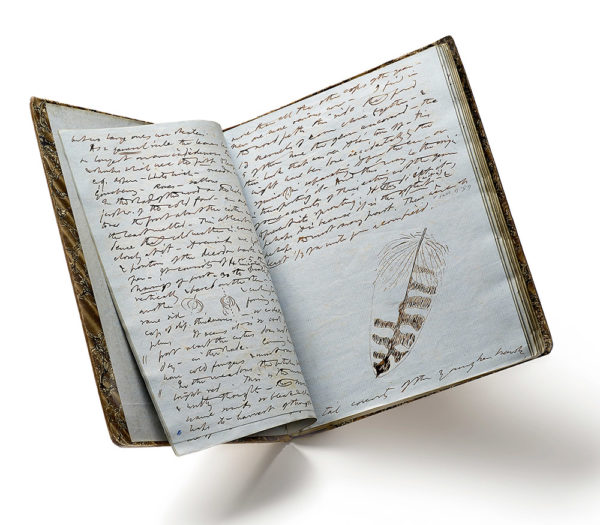
From a writeup of a talk by John Muir Laws on nature journaling:
For each thing you record, note these three things:
Awareness: “I see…”: You notice something, draw a picture of it, make notes about it
Creativity: “It reminds me of…” (or more simply “IRMO”): You consciously seek out analogies to what you’ve seen and make notes about those
Curiosity: “I wonder…”: You ask questions or create hypotheses about what you’ve seen.
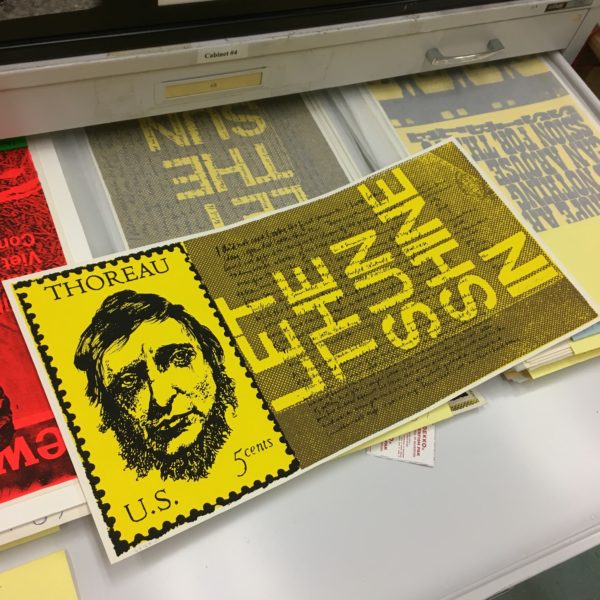
When I toured the Corita Art Center last weekend, I kept seeing evidence of Corita Kent’s thoughts on the seasons (I wrote about them in Keep Going):

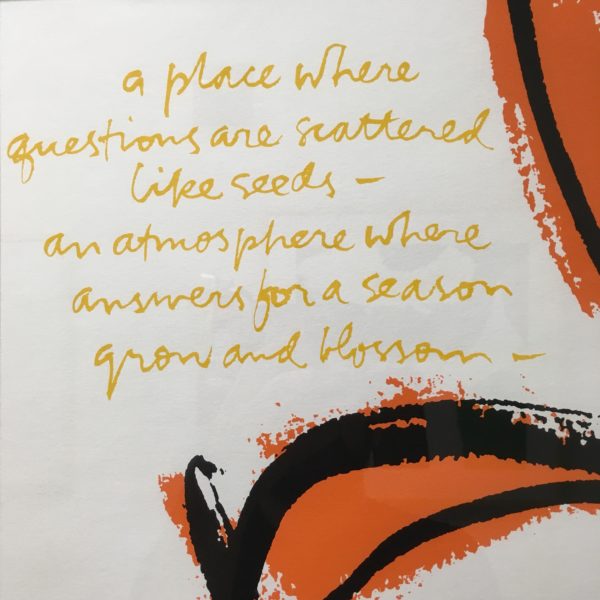
I’d noticed Thoreau quotes in Corita’s work before. She seemed to especially like these lines from Walden: “If a man does not keep pace with his companions perhaps it is because he hears a different drummer. Let him step to the music which he hears, however measured or far away.” She used the quote in at least two different pieces over the years:
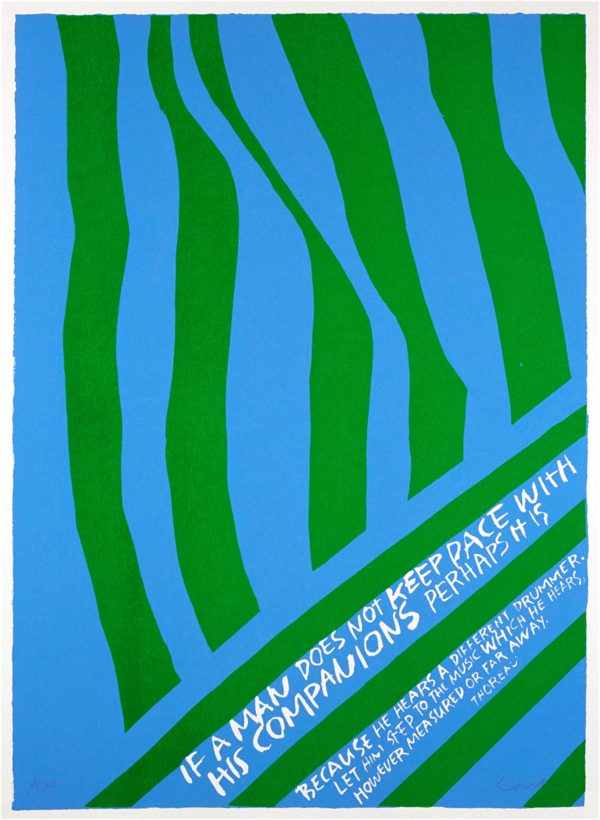

So I asked (former) director Ray Smith if she knew of any explicit imagery with Thoreau. She led me straight to a drawer with The Stamp of Thoreau piece (from Corita’s series, A Set Of Heroes And Sheroes) that you see above.
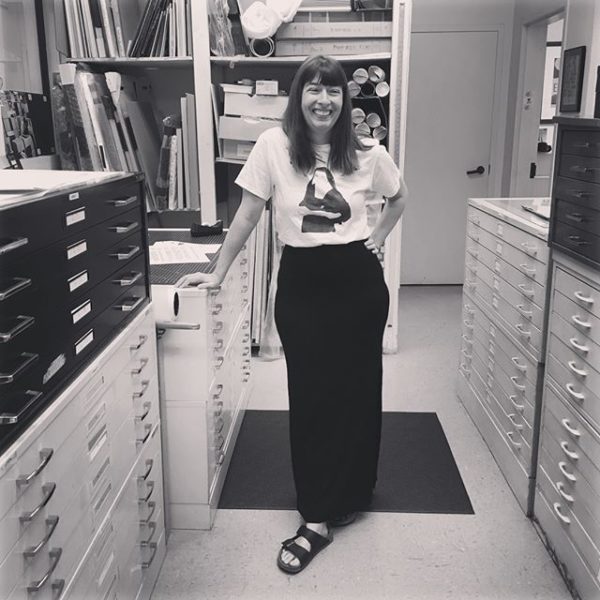
This was one of those great moments when I realized there was actually an unmade connection between two artists in my creative family tree:

That was then filled by another artist I love:

Everything is connected, but the connections only matter if you make them!

“How pleasant to walk over beds of these fresh, crisp, and rustling fallen leaves…. How beautiful they go to their graves!”
—Thoreau, October 12, 1853
Thoreau, our great chronicler of the seasons, wrote a lot about the falling leaves in October, noting all the different colors and hues. Their colors aside, he thought, like many things in nature, they could teach us something about accepting our own internal seasons, and our mortality.
October 22, 1853:
Consider what a vast crop is thus annually shed upon the earth. This, more than any mere grain or seed, is the great harvest of the year. This annual decay and death, this dying by inches…. The year’s great crop. They teach us how to die.
October was a the time he thought about the end of life. On October 20th, 1857, he meets a poor old man who has gathered apples in his shoes. “This man’s cheeriness was worth a thousand of the church’s sacraments and memento mori’s.”
October — Harvest Time — was also a month for Thoreau to contemplate his “harvest of thought.”
October 14, 1857:
I take all these walks to every point of the compass, and it is always harvest-time with me. I am always gathering my crop from these woods and fields and waters, and no man is in my way or interferes with me. My crop is not their crop. I am not gathering beans or corn. Do they think there are no fruits but such as these? I am a reaper; I am not a gleaner.
And on October 24, he writes, “My eye is educated to discover anything on the ground…. It is probably wholesomer to look at the ground much than at the heavens.”
***
[Update: 4PM: I had no idea that Thoreau actually collected his thoughts on fall in the 1862 essay, “Autumnal Tints.” See this piece, “Revisiting the Splendor of Thoreau’s ‘Autumnal Tints,’ 150 Years Later.” This is one of the amazing things about reading Thoreau’s journal before you read the published work — he pilfered so much from his daily writing that you know exactly where sentences and sections come from, and it’s fascinating to see how he changed them.]
This site participates in the Amazon Affiliates program, the proceeds of which keep it free for anyone to read.